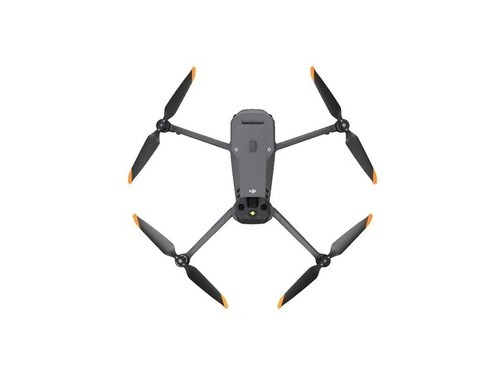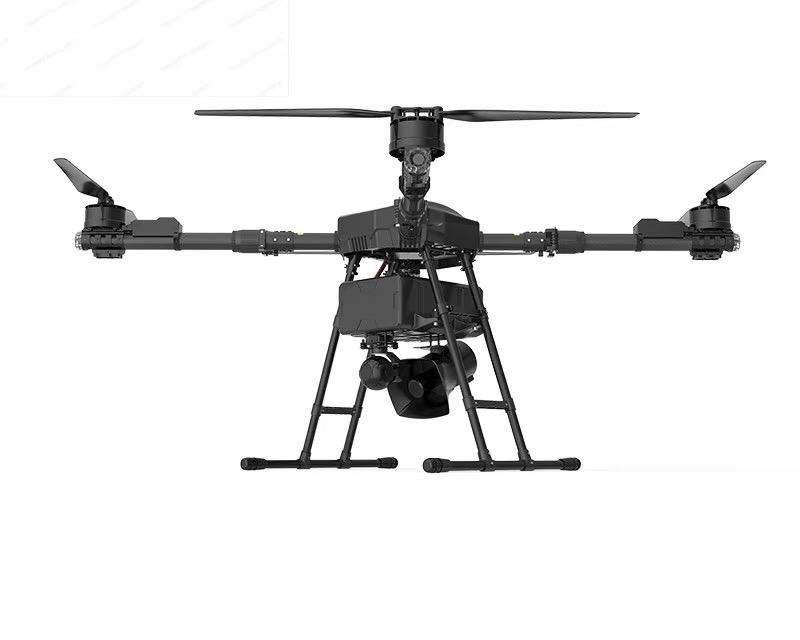The world of drones is rapidly evolving, and staying informed about the latest FAA drones regulations is essential for both hobbyists and commercial operators. The Federal Aviation Administration (FAA) continuously updates its rules to ensure safety and keep up with technology advancements. In this article, we explore the key elements of the recent FAA drone regulations.
Understanding FAA Drone Regulations
Drones, also known as unmanned aerial vehicles (UAVs), have various applications ranging from photography and videography to delivery services and agriculture. To operate a drone legally in the United States, adherence to FAA regulations is a must. The latest rules emphasize safety, privacy, and integration of drones into the national airspace.
The Part 107 Rule
One significant regulation is the Part 107 rule, which governs the use of commercial drones. Under this rule, operators must pass a knowledge test to become certified remote pilots. The Part 107 certification is mandatory for all commercial drone activities. It covers aspects such as weight limitations, line-of-sight requirements, and operational restrictions.
Remote ID Requirement
The FAA has also introduced the Remote ID requirement, akin to a digital license plate for drones. This new regulation mandates that drones transmit identification and location information during flight. Remote ID helps law enforcement and federal agencies track drone operations more effectively, thus enhancing security and accountability.
Operations Over People
Though it possesses certain restrictions, the FAA has loosened regulations regarding drones flying over people and at night. Operators can now fly over people if the drone falls within the prescribed weight category and meets specific safety standards. Nighttime operations are allowed if the drone is equipped with anti-collision lighting.
These changes grant more flexibility to drone operations while maintaining critical safety measures.
Registering Your Drone
All drones weighing over 0.55 pounds must be registered with the FAA. Registration is a simple online process and ensures that all drones can be identified and tracked. It is a crucial step for fostering a responsible drone flying community.
Recreational Drone Use

A separate set of rules exists for recreational drone pilots, who don’t require a Part 107 certification. They must, however, complete a safety test known as The Recreational UAS Safety Test (TRUST) and follow community-based guidelines. Flying limitations include a maximum altitude of 400 feet and avoiding airspaces near airports.
International Operations and Compliance
For those wishing to operate drones internationally, it’s important to review the drone laws of the respective country. The FAA collaborates with foreign agencies to create compatible regulations that allow for smoother cross-border drone operations.
The Impact on Industries
Restricting commercial and recreational uses to safety-oriented regulations has certain implications. Industries like real estate, filmmaking, and agriculture are embracing drones more than ever, leveraging their capabilities for innovation. Compliance with FAA regulations assures clients and stakeholders of safe and legal operations.
Future Outlook
As technology progresses, we can expect further refinements in FAA drone regulations. Key areas likely to see changes include beyond-visual-line-of-sight (BVLOS) operations and increased automation. Staying attuned to these developments will be vital for anyone involved in the drone industry.
Frequently Asked Questions
Do I need a license to fly a drone commercially?
Yes, operating a drone for commercial purposes requires a Part 107 certification, which includes passing a knowledge test administered by the FAA.
Are there any penalties for flying a drone without registration?
Flying an unregistered drone can result in fines and other legal actions. Registration is inexpensive and can be completed online effortlessly.
Can my drone be flown at night?
Yes, provided it meets the FAA’s requirements such as having anti-collision lights. Nighttime operations are now permitted under specified conditions.